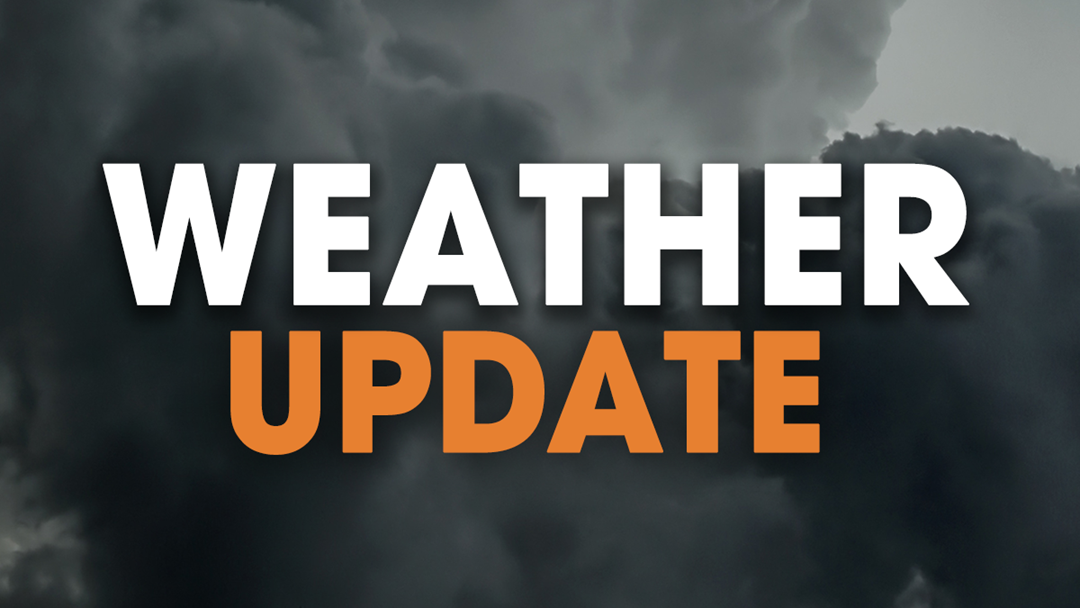SES warns SA to prepare for heatwave conditions followed by thunderstorms
Over the next few days

With South Australia having already faced scorching heatwaves this summer, the State Emergency Service (SES) is warning all South Australians to prepare for another heatwave, followed by showers and thunderstorms Friday and Saturday.
The Bureau of Meteorology (BoM) has forecast that many parts of South Australia will experience severe heatwave conditions with high overnight minimum temperatures. This is ahead of a trough moving through, bringing showers and thunderstorms over the west of the State on Friday and then moving across the rest of the State over the weekend.
SES State Duty Officer Robert Charlton says there are a number of simple steps people can do to prepare for both heatwave and severe weather conditions.
“Make sure you’re drinking plenty of water to stay hydrated and keeping cool by avoiding going out in the heat of the day. If you plan to go out, try to do so when the weather is usually cooler, such as in the morning or later in the day,” Mr Charlton says.
“It’s important to make sure those around you are prepared for these upcoming weather events, such as family, friends and neighbours who may be at risk. Make a time to regularly check in on them to make sure they’re safe. That may be a phone call or knocking on their door. It won’t hurt to ask.”
South Australians also need to prepare now for the forecast rain and thunderstorms on Friday and over the weekend.
The Bureau has forecast rainfall between 2-10mm increasing to 10-30mm over central parts then tracking towards the south east of the State, with falls of 30-60mm also possible. There is also the potential of local, higher falls of 50-80mm.
“Take action now to secure or put away loose items around your property and clean out any rubbish that has built up in your gutters and downpipes,” Mr Charlton says.
“Never walk, ride or drive through floodwater and be aware that creeks, streams and other waterways may rise rapidly and be subject to flash flooding.
“Keep up-to-date by checking the Bureau’s weather forecasts regularly and monitoring local media and social media. Keep your mobile phone charged and ensure you have a torch and battery-powered radio ready for emergencies.”